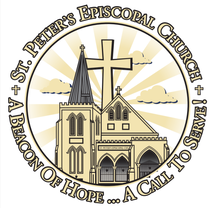|
Last week in Bible study, as we looked at the lectionary, there was a clear shepherding theme. Pastor Diane explained how commonplace shepherding was to the community that Jesus was preaching to – and yet, how foreign it can be to us.
As some of you know, I spent a year and a little bit more working on my mom’s farm, which, in fact, did have sheep. So, this idea isn’t completely foreign to me – even as I recognise the vast difference between pastured animals on a spot of land, and wandering as a shepherd with a flock. But, I digress. As we were in Bible study, Pastor Diane wondered aloud what the equivalent imagery would be, particularly in the context of Hawaii. She mentioned the pidgin translation of the bible, and we thought how different translation and contextualisation could be. Perhaps, then, this would be the image of the paniolo – caring for herds of cattle. Once I started thinking about it, though, I was intrigued – what would the Native Hawaiian version of this be? What is the Indigenous contextualisation of sheep / shepherd imagery? I think it would be kalo. In Hawaiian culture, kalo is a physical manifestation of the first human, Haloa, who was born of Papa and Wakea. Haloa was a stillborn, and when he was buried he grew into taro, or kalo. Kalo is, then, much more than a plant – but rather a living and breathing relative. An elder brother, who takes care of us through his own life. The kalo farmer must know his own plants – he must know how old they are, and tend to them. He must be careful not to seperate the keiki, the offshoots, before the plant is old enough. Perhaps Jesus is the good kalo farmer, and we are the kalo – living our lives seeking to care for God’s people.
0 Comments
Leave a Reply. |
Categories
All
Archives
January 2019
|
St. Peter's Episcopal Church
© 2023 St. Peter's Episcopal Church (O'ahu)
All Rights Reserved.
All Rights Reserved.

 RSS Feed
RSS Feed



